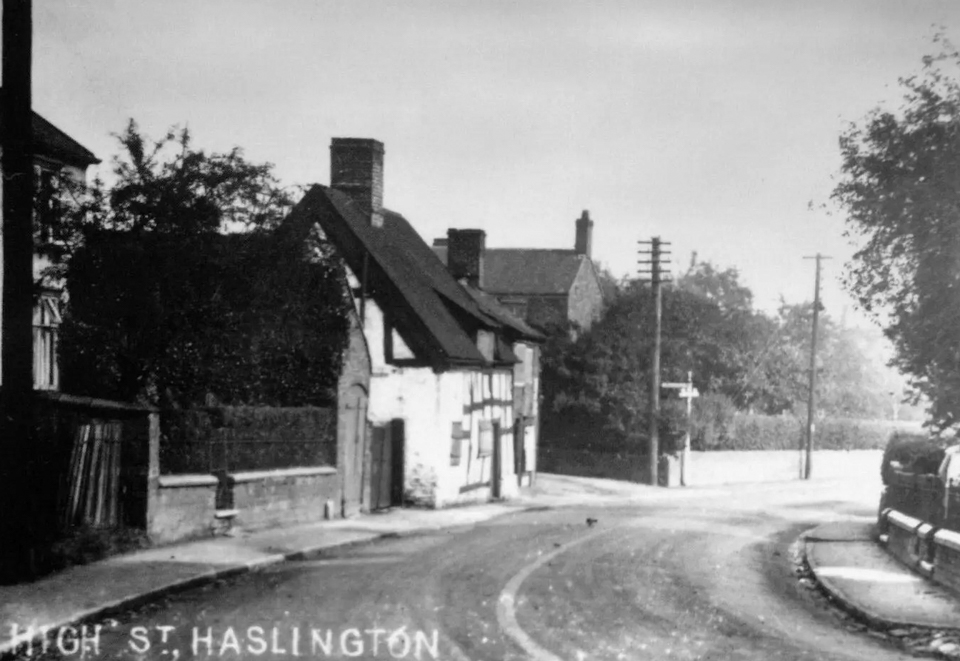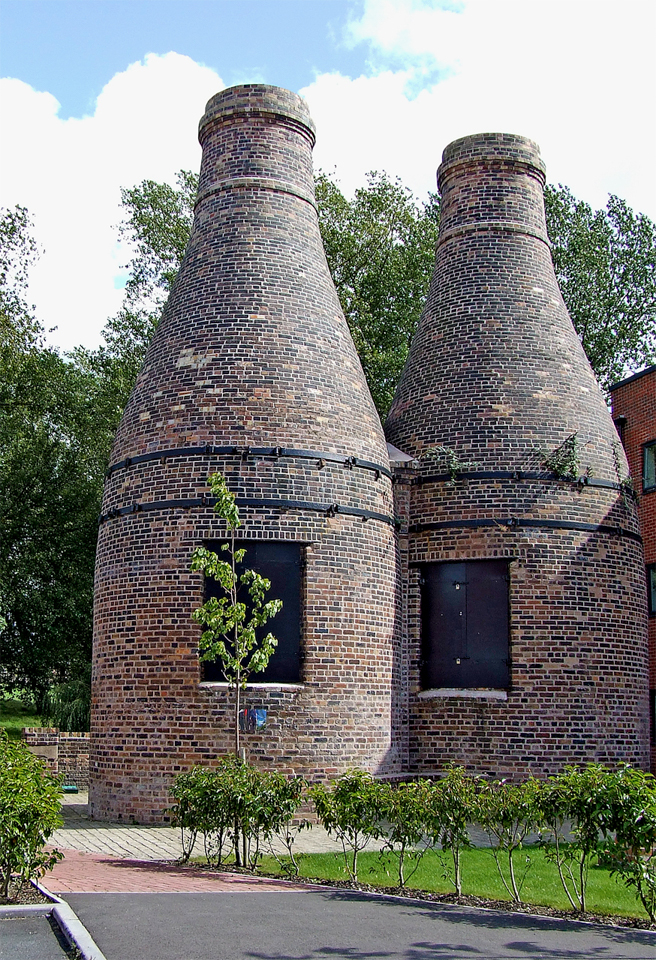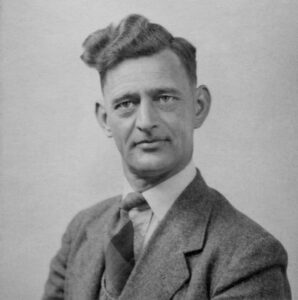Stoke-on-Trent, the largest settlement in Staffordshire, is surrounded by the towns of Newcastle-under-Lyme, Alsager, Kidsgrove, Biddulph and Stone, which form a conurbation around the city.
Stoke-on-Trent: a federation of six towns
Stoke is unusual in that it has more than one centre, having been formed by the federation of six towns in 1910. It took its name from Stoke-upon-Trent, where the main centre of government and principal railway station were located. Hanley is the primary commercial centre, while the other four towns which form the city are Burslem, Tunstall, Longton and Fenton.
Since the 17th century, the area has been well known for its industrial-scale pottery manufacturing. The local abundance of coal and clay suitable for earthenware production led to the early development of the local pottery industry, which developed rapidly with the construction of the Trent and Mersey Canal. The iron and steel industries also played important roles in the development of the city, while the wider area was also a centre for coal mining. By 1947 about 20,000 men worked in the industry in Stoke-on-Trent.
Early housing was typically simple and functional, reflecting the working-class character of the area. Workers’ cottages were built close to factories and mines to accommodate the burgeoning workforce. These houses were often small, terraced homes with limited amenities. Managers and owners of the factories had more substantial houses in areas like Penkhull and Hartshill.
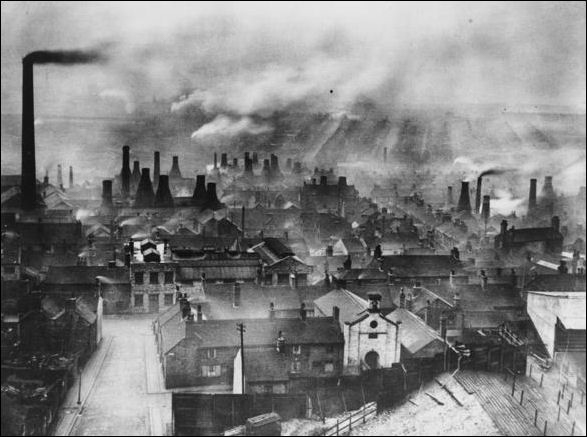
Crewe: from village to railway centre
In the early 19th century, nearby Crewe was a village with a population of just 70 residents. The arrival of the Grand Junction Railway in the 1830s transformed it from a small village into a bustling town. The railway company chose Crewe as the site for its engineering works for manufacturing and overhauling locomotives, leading to rapid population growth. By the late 19th century, Crewe was a thriving railway town with a large railway junction and thousands of workers employed in the locomotive works. In addition, Crewe was home to a Rolls-Royce engineering works which made aircraft engines during the Second World War before moving to car production.
The rapid growth of Crewe necessitated the construction of housing for the railway workers. The company built rows of terraced houses, known as railway cottages, close to the works. These houses were modest but provided essential amenities for the workers and their families. The town saw the development of schools, churches, and recreational facilities, creating a well-rounded community.
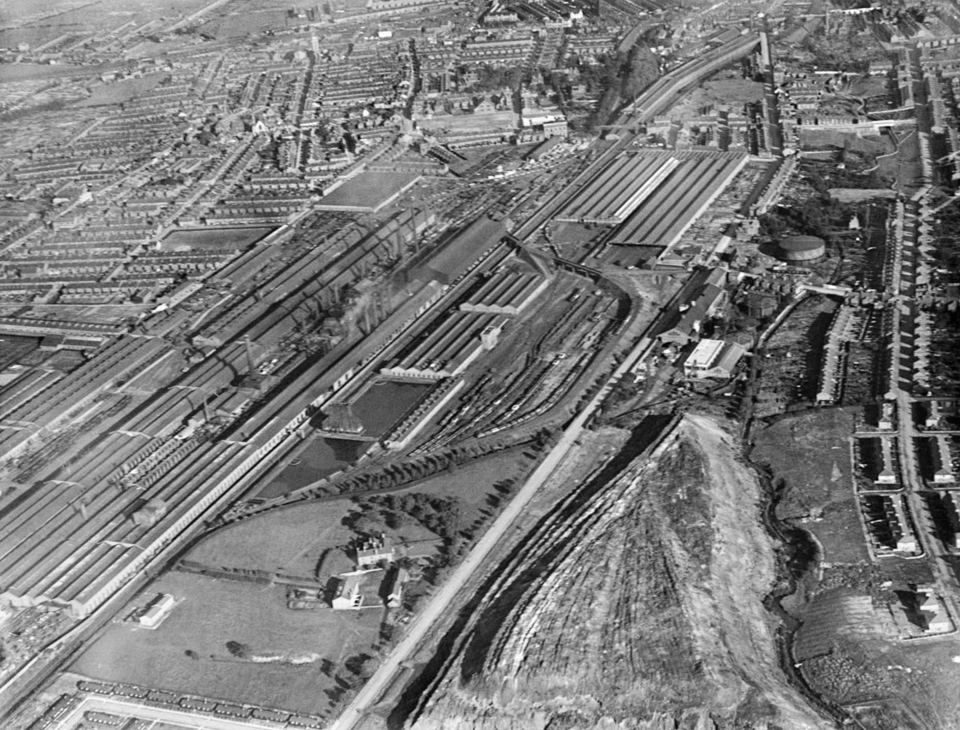
The surrounding towns and villages
The town of Alsager lies between Stoke and Crewe and was a small farming village until the 19th century when, due to its rail connections and rural character, it became a home of choice for wealthy pottery works managers. During the Second World War, a large armaments factory was built, and the town expanded dramatically to house the influx of factory workers.
The villages of Haslington and Oakhanger, located to the west of Crewe, retained much of their rural character well into the 20th century. These villages were primarily agricultural, with a focus on dairy farming and crop production.
